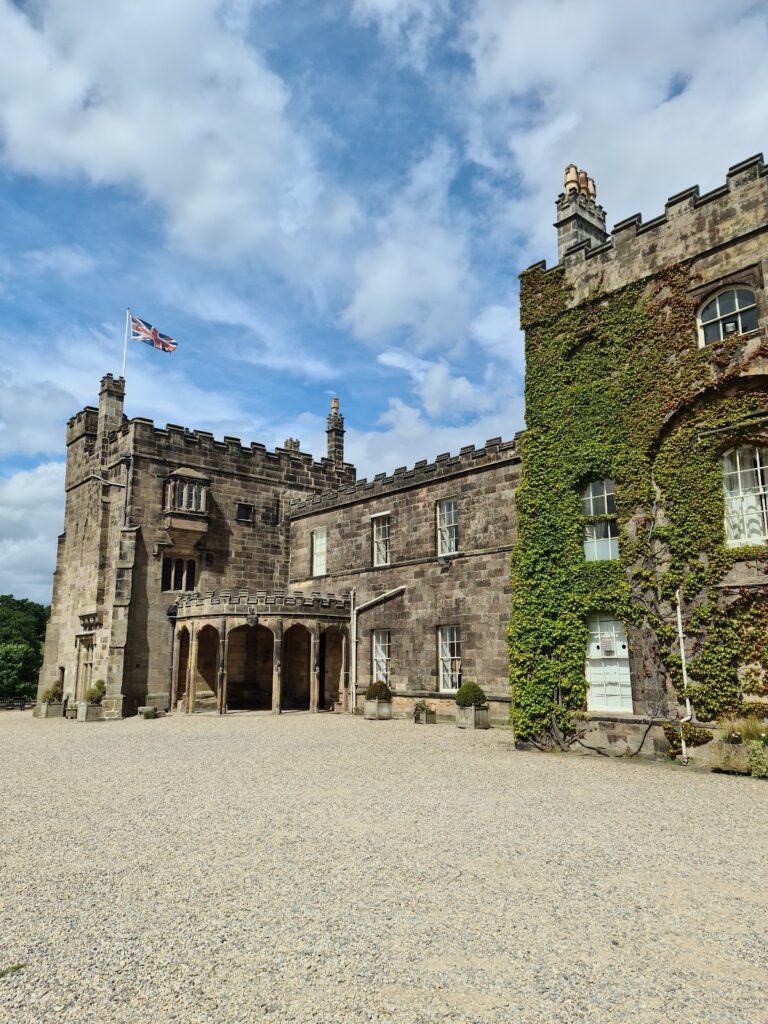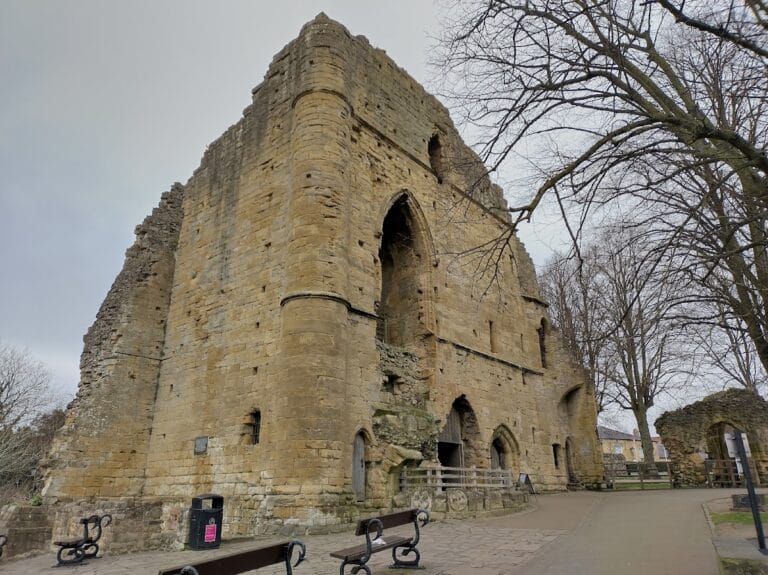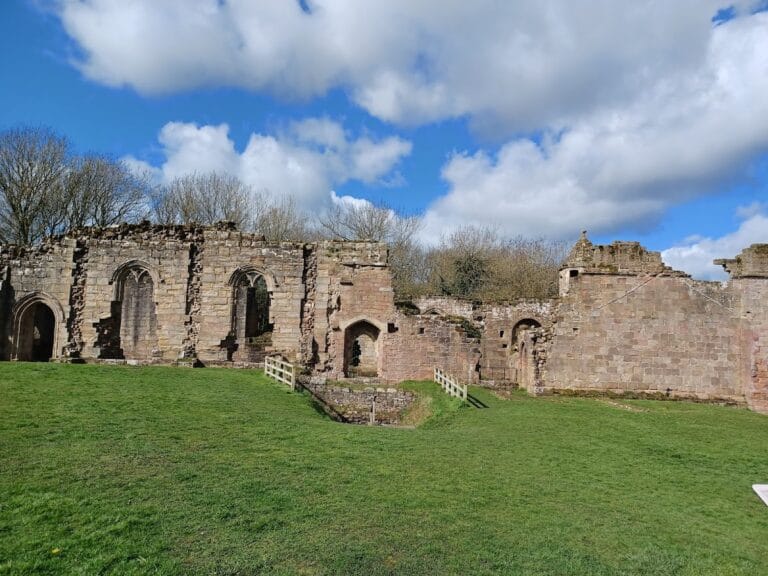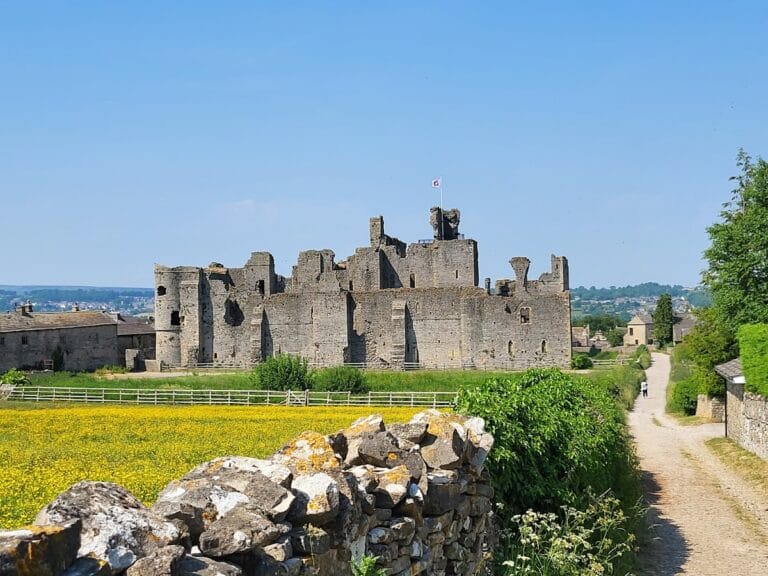Skipton Castle: A Historic Norman Fortress in North Yorkshire, England
Visitor Information
Google Rating: 4.5
Popularity: Medium
Google Maps: View on Google Maps
Official Website: www.skiptoncastle.co.uk
Country: United Kingdom
Civilization: Medieval European
Remains: Military
History
Skipton Castle, located in The Bailey, Skipton BD23 1AW, UK, was originally built around 1090 by Robert de Romille, a Norman baron. The castle began as a motte and bailey structure, using earth and timber, designed to defend the region against Scottish incursions. Over time, the wooden elements were replaced with stone to strengthen its defenses.
After the Romille family line ended, King Edward II granted the castle in 1310 to Robert Clifford, the 1st Lord Clifford of Skipton. Clifford undertook further fortifications but died four years later at the Battle of Bannockburn. The castle then became the main residence of the Clifford family for several centuries.
During the 17th century, Skipton Castle played a significant role in the English Civil War. It was the last Royalist stronghold in northern England, enduring a siege that lasted three years and ended in 1645. After the castle surrendered, Oliver Cromwell ordered the removal of its roofs and the thinning of its walls to prevent future military use.
Lady Anne Clifford, daughter of George Clifford, 3rd Earl of Cumberland, is closely linked to the castle’s history. Between 1657 and 1658, she restored the castle under the condition it would no longer serve as a fortress. Her restoration preserved much of the castle’s medieval character while adapting it for peaceful use. The castle’s water supply had been cut during the siege, leading to the construction of a well that remains on the grounds today.
The castle also housed a private chapel dedicated to St John the Evangelist, built in the 12th century for the Clifford family. By the 17th century, the chapel had fallen into ruin and was no longer in use.
Remains
Skipton Castle is built on a hillside overlooking the Eller Beck valley, with natural cliffs providing defense on one side. The castle’s layout includes six round, fortified drum towers connected by a domestic range on the northern side. The curtain wall enclosing the inner wards and subsidiary buildings remains largely intact.
The main entrance features a Norman twin-towered gatehouse with round towers dating from the Romanesque period. This gatehouse includes battlements, a portcullis, and an inscription commemorating the restoration carried out in 1657–1658. Inside the east tower of the gatehouse is a rare 17th-century shell grotto decorated in Renaissance style, one of only two such grottos surviving in England.
The central courtyard, known as Conduit Court, was remodeled during the Tudor period. It contains the castle’s only water conduit and a yew tree planted by Lady Anne Clifford in 1659, which has grown to over nine feet tall.
Inside, the first floor holds the banquet hall, a kitchen used continuously from around 1300 for more than 350 years, private withdrawing rooms, and a day chamber decorated with fragments of 17th-century wallpaper. A round tower library has walls thinned during the Civil War to comply with restrictions on fortifications.
Defensive features include a ground-floor combat chamber with a protected corner for longbowmen and a dungeon accessed by a steep staircase. The dungeon contains iron rings for securing prisoners but shows no signs of torture.
Additional structures include a kitchen built in 1680 that remained in use until 1900, storage rooms for wine and beer, a meat-smoking and curing room, and a watchtower for the garrison commander. The castle roofs were replaced with oak timber versions after the Civil War to meet conditions forbidding roofs strong enough to support cannons.
The ruins of the 12th-century chapel dedicated to St John the Evangelist survive within the castle grounds, retaining only an ancient baptismal font. Excavations have uncovered 13th-century silver coins and fragments of 17th-century wallpaper, providing insight into the castle’s long history.










